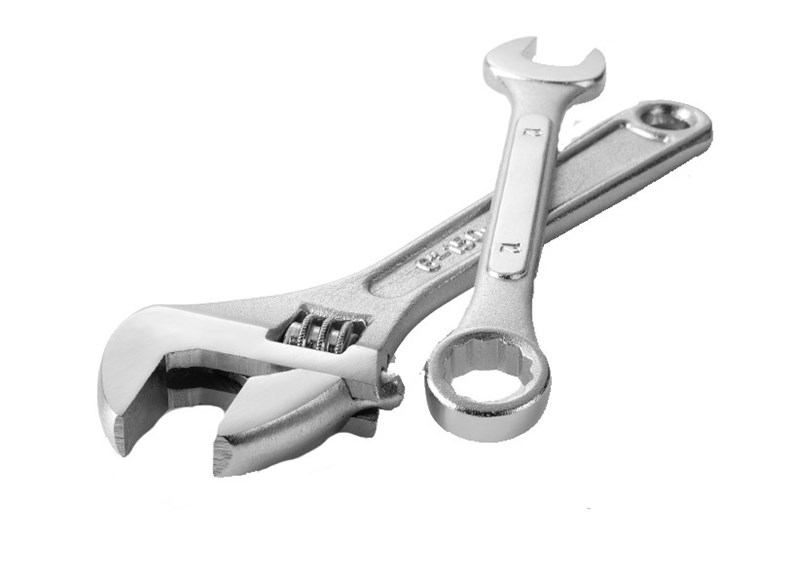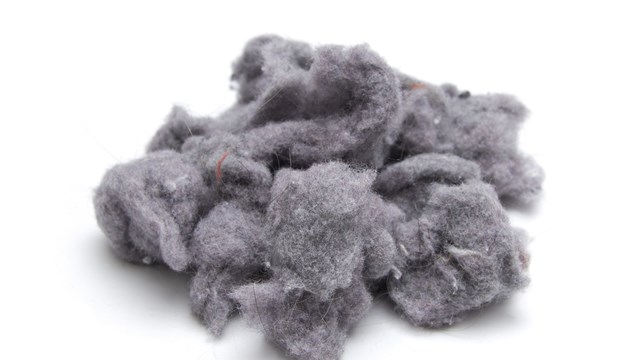After a long winter, gardeners everywhere have much work to do to clean up and prepare for the spring season. Removing winter-kill and old annuals and pruning dead branches promotes clean growing conditions and reduces the opportunity for fungus and disease to become established.
Save a Tree
It is also recommended to remove the top few inches of topsoil near the street in tree pits or beds due to salt accumulation after the snow season. Salt burns root systems and can do extensive damage to trees below ground. Salt damage can also show up on the foliage of trees and shrubs long after the winter snow and ice are a distant memory. Some trees—lindens, to name one particularly vulnerable species—are more prone to salt injury. Most municipalities, including New York City, will replace dead street trees with an appropriate variety for free. If you do need to replace a street tree yourself, be sure to choose one tolerant of higher salt levels than found in typical garden soil; non-fruiting ginkgo biloba is one good option.
Getting Dirty
Spring is also a good time to improve the soil in your garden beds and tree pits prior to planting. However, in your eagerness to get started, avoid the mistake of working the soil when it is too wet. Soil tends to be overly wet once the snow melts in early spring. This is especially true in clay soils. Working wet soil destroys the soil structure and eliminates pore space, which is the percentage or volume of soil taken up by air, which can adversely impact drainage and aeration—just the opposite of what you want to do. If you take a handful of soil and squeeze it into a ball that crumbles easily when handled or dropped, the soil is ready to work.
Turning over the soil, or aerating it, helps loosen compacted soil and breaks up large soil clods, thereby creating a more uniform texture with greater pore space. For most annuals and perennials, turning the top foot of soil is adequate although some perennials prefer deeper, reworked soils. If the soil seems too heavy or clay-like, try mixing in peat moss, compost or other organic matter to maintain an open, fluffy texture and increase its water retention ability.
Professionals can check the pH and nutrient levels with the appropriate soil test for the types of trees or shrubs on your site. Soil pH is an important factor to know because any overly acidic or alkaline soil can lock up nutrients that are necessary for healthy plant growth. Certain plants have preferences. Hollies, azaleas and rhododendrons will require moderately acidic soils to thrive, for example. It's also important to know the various levels of nutrients plants need, so that fertilizer can be applied to correct any deficiencies of nitrogen, phosphorus, or potassium early in the season when many garden plants grow rapidly.
Bedding Down
Early spring is the time we evaluate the mulch levels in planters, tree pits, and gardens, supplementing if it has gotten too low. It is also recommended that vines be retied to support top-heavy growth. Also, check that wooden trellises haven't rotted and that the planters are sound and have adequate drainage.
Keeping the plant beds clean and free of plant debris is an important practice that helps reduce the need for frequent spraying. And do employ horticultural oil or a dormant oil spray on plants before the leaves open or buds crack. This smothers any over-wintering insects and their eggs. This is found to help control certain diseases as well. Through the rest of the growing season, continue to monitor all the plants for any insect and disease that may arise. By being vigilant, you can correct any problems early on greatly improving the plant's success rate.
Also keep an eye on any work being done on the exterior of buildings. If the building is getting power washed, it's crucial to make sure that tarps are laid over the shrubs. The water could be hot with caustic chemicals added—both of which can be a death sentence for delicate plants.
Poppies, or Peonies?
Finally, after all the housekeeping duties are performed, it is time for the really fun stuff. What should you plant? Do you simply wish to add colorful annuals? Perhaps a focal point with variegated canna or elephant ear? Or is it time to increase your perennial display? This is the time to think of a color palette, and remember that it can be totally fresh and different from last year.
Obviously, spring is a busy time for planning and reinvigorating our gardens. There are many facets to this work that may demand more time and energy or experience than you have available to deal with effectively. Why not reduce your burden and enlist the help of an experienced landscape professional? Often all it takes on your part is a phone call.
You can arrange for a landscaper to come for an on-site visit and meeting to discuss your garden's problems, potential and what you would like it to be. Tapping into their extensive background and experience, landscape professionals can generate a variety of plans based on those discussions. Whether it's starting from square one or rehabilitating existing plantings, a landscape professional will be able to recommend the best course of action.
Take the opportunity this spring. Enhance the appearance and value of your building or site by investing in its landscape.
Madelyn Simon is president and Len Marino is director of exterior services for Madelyn Simon & Associates, Inc.







Leave a Comment